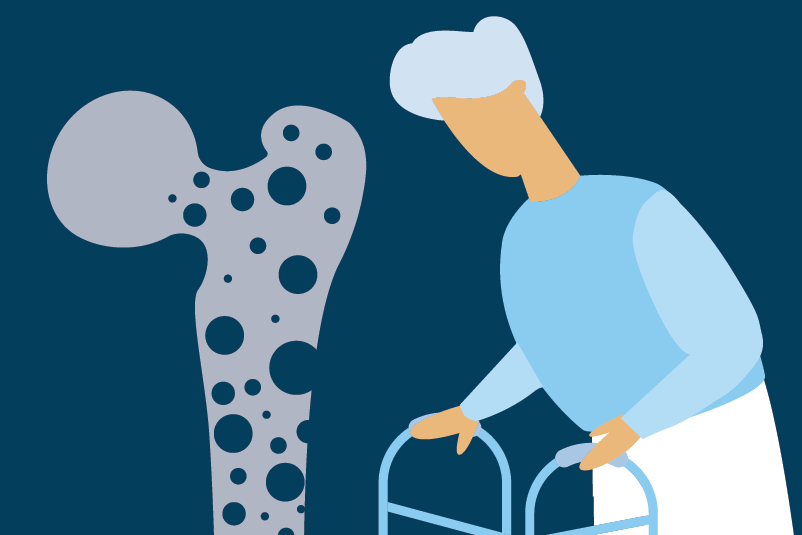#241 “Who’s the fairest of them all?”: Topical treatments for rosacea

Reading Tools for Practice Article can earn you MainPro+ Credits
Join NowAlready a CFPCLearn Member? Log in
- Systematic review of randomized, placebo-controlled trials (RCTs) with patient orientated outcomes.1 Patients age ~50 years, ~65% female (unless stated).
- Metronidazole: Focusing on 2 similar RCTs of metronidazole 1% daily, 178 patients.2,3 After two months:
- Patient perceived symptom improvement (meta-analyzed by PEER):
- 75% versus 37% placebo; Number needed to treat (NNT)=3.
- Patient perceived symptom improvement (meta-analyzed by PEER):
- Ivermectin 1% daily: 2 RCTs, 1371 patients.4 After three months:
- Good to excellent improvement (meta-analyzed by PEER):
- 68% versus 37% placebo; NNT=4.
- Good to excellent improvement (meta-analyzed by PEER):
- Azelaic acid 15-20% BID: 4 RCTs, 1226 patients.5-7 After three months:
- Good to excellent improvement:
- 63% versus 42% placebo; NNT=5.1
- Good to excellent improvement:
- Metronidazole: Focusing on 2 similar RCTs of metronidazole 1% daily, 178 patients.2,3 After two months:
- Ivermectin 1% daily versus metronidazole 0.75% BID: 1 RCT; 962 patients.8 After 4 months:
- Good to excellent improvement:
- 86% ivermectin, 75% metronidazole; NNT=10.
- Good to excellent improvement:
- Azelaic acid 15% BID versus metronidazole 0.75% BID:
- Highest quality, largest RCT9; 251 patients, mean age 67. After 15 weeks:
- Good to excellent improvement:
- 78% azelaic acid, 64% metronidazole; NNT=8.
- 2 smaller, lower quality RCTs favour azelaic acid or show no difference.10,11
- Good to excellent improvement:
- Highest quality, largest RCT9; 251 patients, mean age 67. After 15 weeks:
- Metronidazole, ivermectin, and azelaic acid: similar to placebo1.
- In one head-to-head trial,9 more patients on azelaic acid had adverse events than metronidazole (26% versus 7%).
- Canadian guidelines first-line recommendations: topical metronidazole, azelaic acid, or ivermectin.12
- Estimated 90-day cost (Alberta)13:
- Azelaic acid 15% BID (FinaceaTM): $92
- Metronidazole 1% OD (MetrogelTM): $54
- Ivermectin 1% OD (RosiverTM): $220
- Metronidazole 0.75% BID (MetrogelTM): $440
- No clinical difference between 0.75% and 1% metronidazole.1
- Other topicals have less evidence1 or not currently recommended.12
- Oral medications reserved for severe symptoms or topical failure.12






